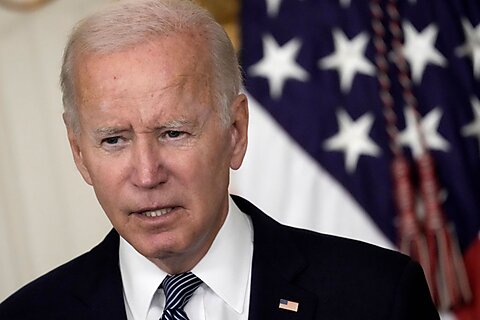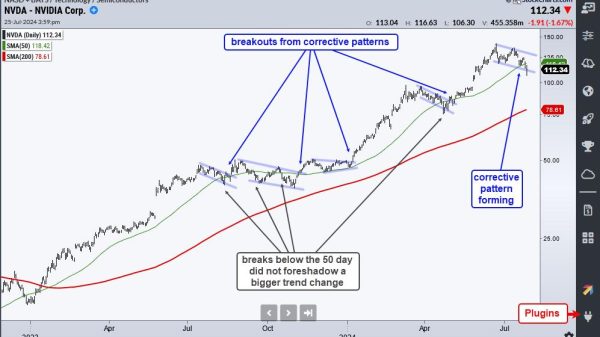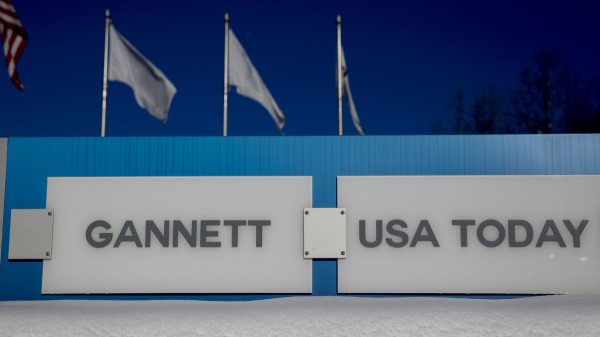Though grocery inflation has moderated in recent months, Bloomberg recently reported that food prices remain at the top of Americans’ inflation concerns. Unsurprisingly, this issue has become a major theme of the 2024 presidential election, with Joe Biden and Donald Trump—and Democrats and Republicans in Congress—pointing fingers at each other and making their case before American voters.
Yet, as I wrote in my column this week at The Dispatch, few people in Washington actually seem interested in lowering grocery prices—instead, some have been actively trying to increase them in recent cases by using protectionist trade policies to restrict available supply of products, such as beef, frozen shrimp, and fresh tomatoes. These recent actions (which are described in greater detail in my column) are moreover just the latest examples of long‐standing US food protectionism.
For starters, as Table 1 shows, the United States still maintains high most‐favored nation (MFN) tariffs on many food products, including produce that can’t be easily grown in most parts of the country, meats from different animal sources, and various dairy products.
Not included in the table are special tariff rate quotas, which impose additional tariffs on products such as sugar, milk, butter, cheese, baby formula, ice cream, peanuts and peanut butter, canned tuna, chocolate, and many others once imported quantities rise beyond a certain threshold within a specific timeframe. These quotas can significantly raise prices—the US International Trade Commission in 2017 found that Americans pay 12 percent, 15 percent, and 21 percent more for imported tuna, cheese, and butter, respectively, because of these trade restrictions. And altogether, the US Department in Agriculture (USDA) estimated in 2021 that eliminating US agricultural tariffs would increase consumer well‐being by $3.5 billion per year.
Yet “standard” tariffs are just the tip of the iceberg when it comes to US agricultural protectionism. As Table 2 shows, there are 38 antidumping or countervailing duty orders on various foodstuffs, some dating back to the 1990s. These duties are additional to any MFN tariffs already in the books, and as I have written previously, they are imposed through laws that are intended to increase domestic prices whilst barring the investigating agencies from considering the harms that any action could cause to consumers, the broader economy, or even other US foreign policy interests.
And then there’s the “regulatory protectionism” that the federal government has long used to restrict the importation of items like beef, tuna, catfish, produce, and biofuels. Though such regulations may be imposed under the guise of protecting humans, animals, and the environment, they often protect special interests without any legitimate health, safety, or environmental basis. Notable examples of such regulatory restrictions include Obama‐era mandatory Country of Origin Labeling requirements (which cattlemen and their congressional allies are seeking to revive); Food and Drug Administration sanitary restrictions on infant formula imported from high‐standard countries in Europe and Australia and New Zealand; the Renewable Food Standard; and USDA‐sanctioned produce marketing orders.
On a more optimistic note, American food abundance is very likely to increase in the future if individuals here and abroad remain relatively free to exchange goods, services, and ideas. As the Simon Abundance Index developed by Cato’s Marian Tupy and Gale Pooley documents, the relative abundance of 50 basic commodities, including many foodstuffs, exhibits a long‐term increase and bounced back strongly last year after a brief, pandemic‐induced decline. Meanwhile, the USDA projects that grocery inflation should continue to decelerate in 2024. (In some cases, prices may even decline.)
Were these gains to materialize, Americans should rightfully celebrate them—while keeping in mind that, in many respects, they happened not thanks to the folks in Washington.





















